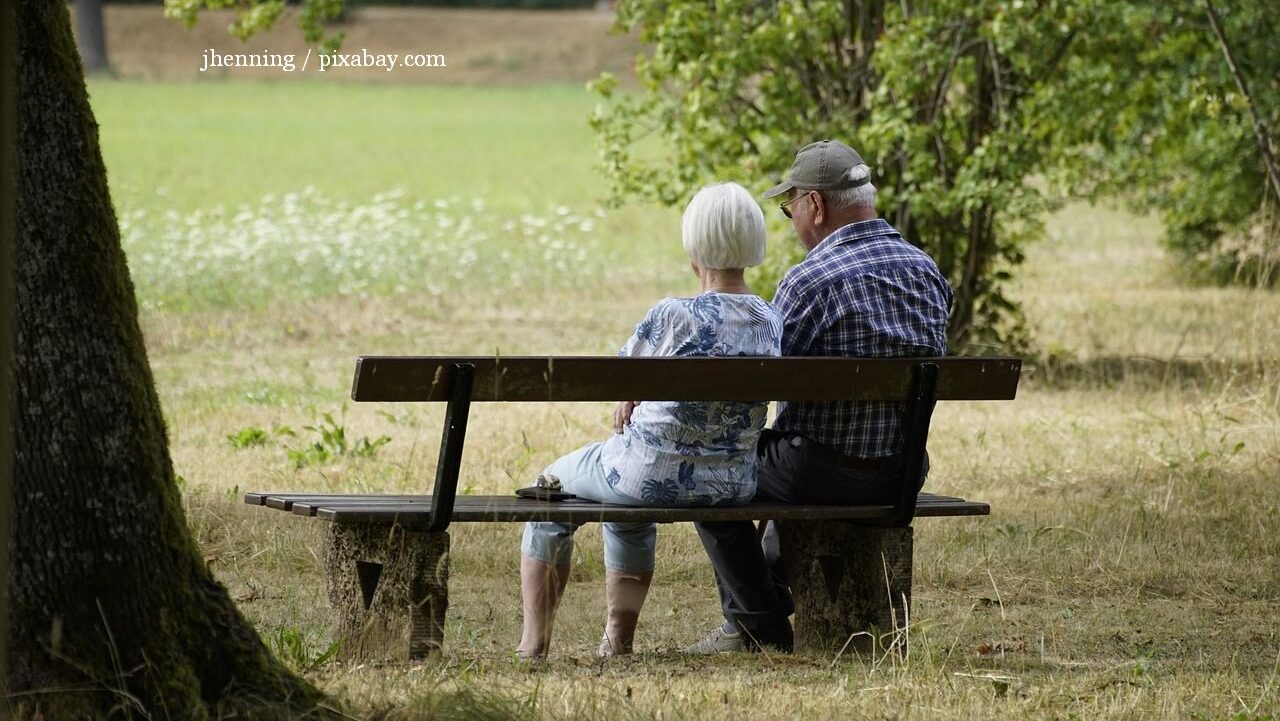Ampie proteste degli insegnanti in Romania
Sin dall’inverno, gli insegnanti hanno annunciato che, se il Governo di Bucarest non trova una soluzione in grado di accontentarli, scenderanno in sciopero generale, con possibile conseguenze negative sul calendario degli esami di fine anno. Dopo una pandemia in cui sono stati costretti a farcela per conto loro con la didattica online o in sistema ibrido, per la quale non erano mai stati preparati, sullo sfondo generale di un’istruzione sottofinanziata e lasciata alla disposizione delle decisioni piuttosto poco ispirate dei ministri di vari colori politici succedutisi alla guida del settore, i professori hanno deciso che è l’ora di far sentire le scontentezze accumulate per anni interi.

Roxana Vasile, 31.05.2023, 12:39
Allo sciopero nelle scuole iniziato il 22 maggio, si sono aggiunte negli ultimi giorni ampie proteste di strada nella Capitale e in numerose città del paese. I protestatari hanno chiesto al Governo di individuare delle soluzioni per incrementi salariali entro fine anno, e garantire ai principianti stipendi decenti, tramite un atto normativo. Il Governo ha offerto due premi. L’offerta del Governo è la stessa di ieri sera, e la risposta categorica che portiamo da parte delle centinaia di migliaia di dipendenti che protestano nel paese e, oggi, a Bucarest, è No. Hanno bisogno di retribuzione decente, di quell’aumento dei redditi del 25%, hanno bisogno di quell’atto normativo in cui sia stipulato che lo stipendio del principiante deve equivalere allo stipendio medio lordo e deve stare alla base della futura legge sulla retribuzione unitaria, ha dichiarato il leader sindacale Marius Nistor.
Ieri, sperando che il presidente Klaus Iohannis, lui stesso ex insegnante, si impegni nella mediazione del conflitto con l’Esecutivo, decine di migliaia di insegnanti e rappresentanti del personale non docente dell’intero paese si sono riuniti davanti alla sede della Presidenza, per chiedere incrementi salariali, ma anche investimenti nell’istruzione. Il presidente ha trasmesso che comprende le loro preoccupazioni e sollecitazioni, sottolineando, però, che la soluzione del blocco nell’istruzione e la fine dello sciopero sono cruciali per il buon andamento dell’anno scolastico. Klaus Iohannis ha espresso inoltre la disponibilità a garantire un accordo politico firmato tra tutti i partiti al governo, per dare assicurazioni che la nuova griglia rispetterà le sollecitazioni dei dipendenti dell’insegnamento. E’ stato capito in modo sbagliato il nostro messaggio, nel senso che fossimo interessati esclusivamente agli stipendi, ma noi lottiamo per una legislazione corretta, ha detto uno dei protestatari, mentre un altro ha aggiunto: Voglio quel tenore di vita decente garantito dalla Costituzione dela Romania. Viviamo solo con i debiti. Intanto, il periodo di chiusura del percorso scolastico e iscrizione alla Maturità è stato prolungato. Il Ministero dell’Istruzione ha precisato che la modifica non lederà il calendario dello svolgimento dell’esame.






























